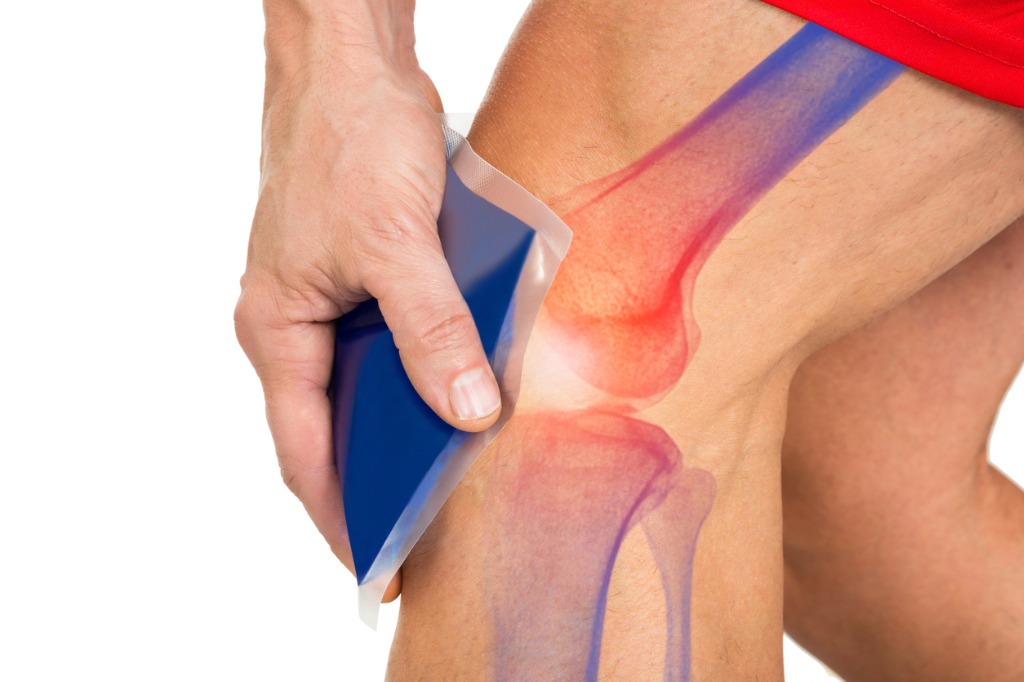
Is Hot or Cold Therapy Better for Knee Pain?
As one of the most complex joints in the body, the knee is susceptible to a range of injuries and conditions. Some common causes of knee pain are:
- Osteoarthritis
- Rheumatoid arthritis
- ACL tears
- Meniscus tears
- Cysts
- Dislocation
- Infection
Both hot and cold therapy are beneficial for treating knee pain, so it is important to find out which option is right for you.
Hot Therapy for Knee Pain
Applying heat to your knee is a simple and effective way to ease pain in the joint. Benefits of heat therapy for the knee include:
Promotes Healing
Heat therapy allows blood vessels to dilate, which improves circulation throughout the body. With stimulated circulation, there is a greater flow of oxygen and nutrients to the muscles, promoting the healing of damaged tissues.
Eases Stiffness
Warmth can increase the flexibility and mobility of the muscles and connective tissues in the knee, which eases and releases any muscle tension.
Boosts Synovial Fluid Production
Synovial fluid is the component in our body that naturally lubricates our joints. Heat therapy boosts synovial fluid production, meaning the joints will be able to move with less friction and, therefore, less pain.
Some ways you can try hot therapy are to:
- Use a heating pad
- Take a hot bath or shower
- Try a hot towel
Usually, heat should be applied for periods of 15 minutes at a time, and when applied to the skin, make sure that it is a temperature that your skin can tolerate.
Ice Therapy for Knee Pain
While hot therapy is more often used for pain and stiffness, ice therapy can be highly beneficial after a traumatic injury to the knee. Ways that ice therapy can help the knee following an injury include:
Reduces Swelling and Inflammation
Cold therapy causes the blood vessels in the muscles to constrict, which inhibits blood circulation. By restricting blood flow to an injured area of the body, swelling and inflammation in the joint are reduced.
Limits Overproduction of Synovial Fluid
Following an injury or infection, an excess buildup of synovial fluid often accumulates in the knee joint. This extra fluid accumulation, also known as joint effusion, can lead to pain, stiffness, and severe swelling. Ice therapy is able to slow the production of synovial fluid, which prevents joint effusion from developing.
When using ice therapy, ice should be applied for no longer than 20 minutes at any given time. However, you can repeat this process multiple times throughout a 24-hour period to ensure that inflammation in the joint stays down. Remember, never apply ice directly to the skin, but use a towel or protective barrier to avoid causing any further damage to the skin.
Contact Rejuvinix
If you are experiencing knee pain that is not mitigated with hot or cold therapy, it may be time to contact Rejuvinix. Rejuvinix offers a wide range of nonsurgical joint pain treatments, including the Visco-6 Knee Series, an innovative treatment that provides a long-term solution to knee pain. Click here to schedule your free consultation today!
